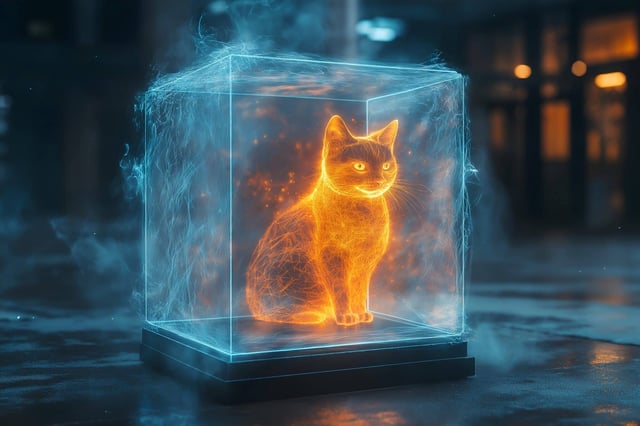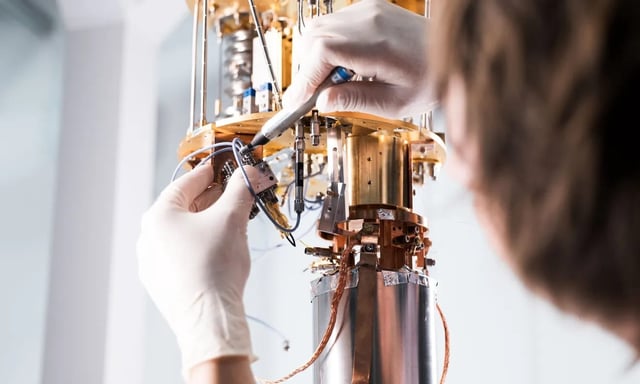Overview
- Physicists at the University of Innsbruck successfully created 'hot Schrödinger cat states' at temperatures up to 1.8 Kelvin, significantly warmer than the near-absolute-zero levels traditionally required.
- The experiment used a transmon qubit in a superconducting microwave resonator, employing adapted protocols to achieve quantum superpositions from thermally excited states.
- This breakthrough demonstrates that quantum interference can persist at temperatures 60 times higher than previously thought feasible.
- The findings open new possibilities for quantum technologies, such as quantum computing, by reducing dependence on extreme cooling systems.
- Published in *Science Advances*, the study has been widely recognized as a paradigm shift in quantum physics, with implications for scaling quantum applications in less controlled environments.


